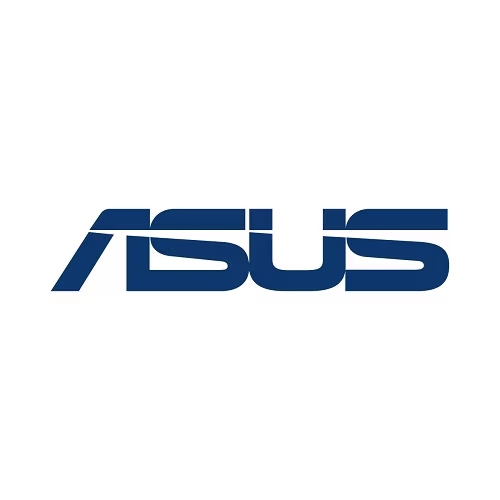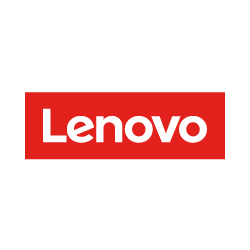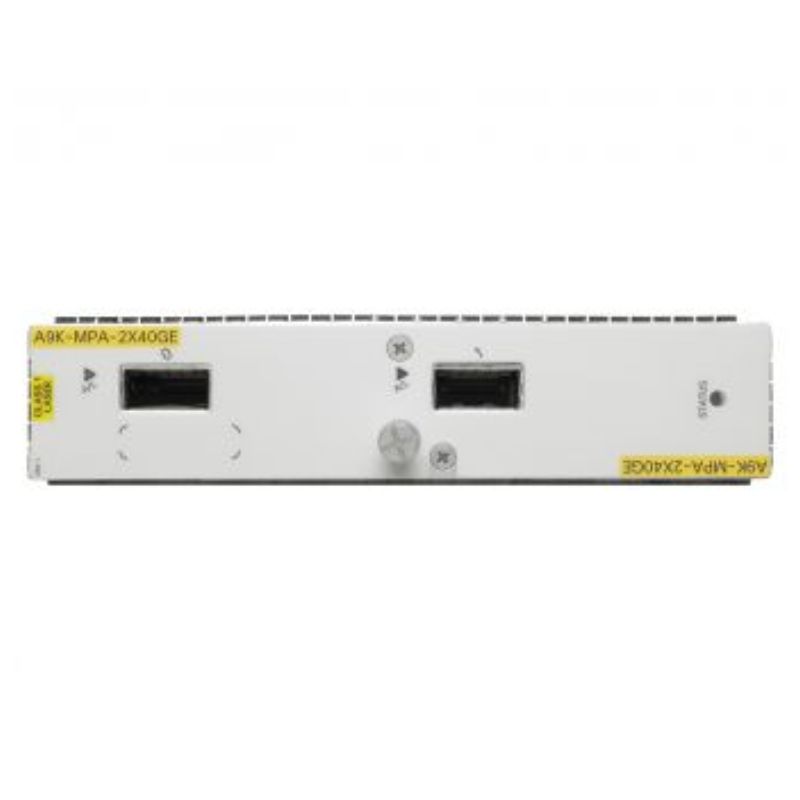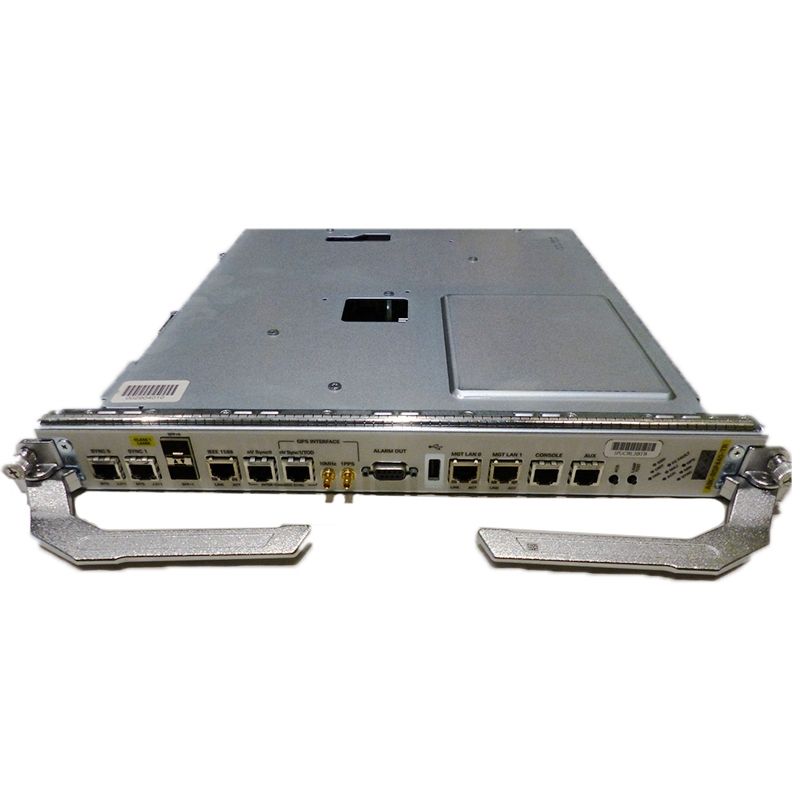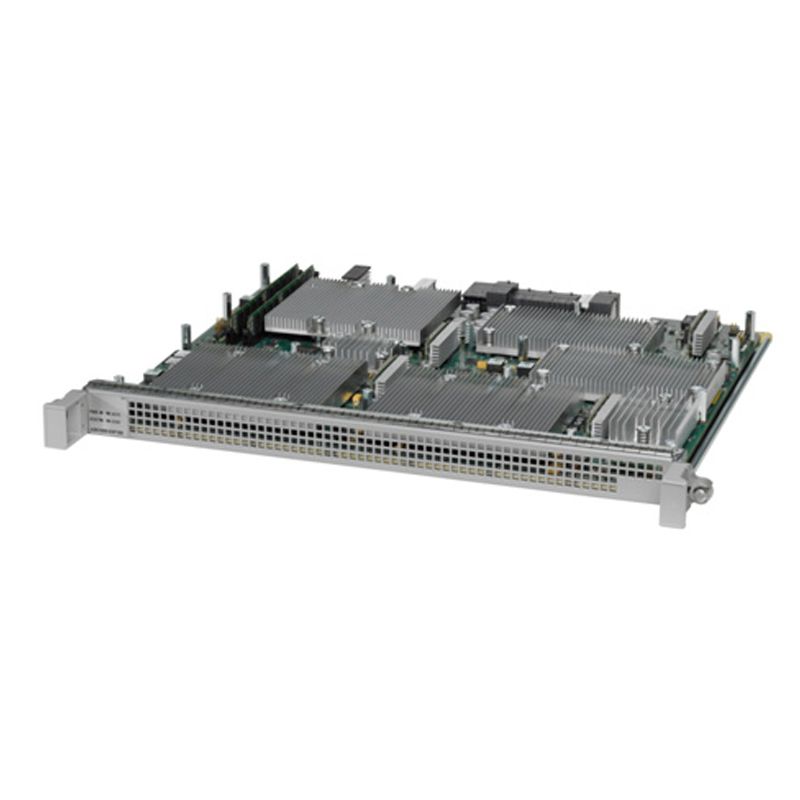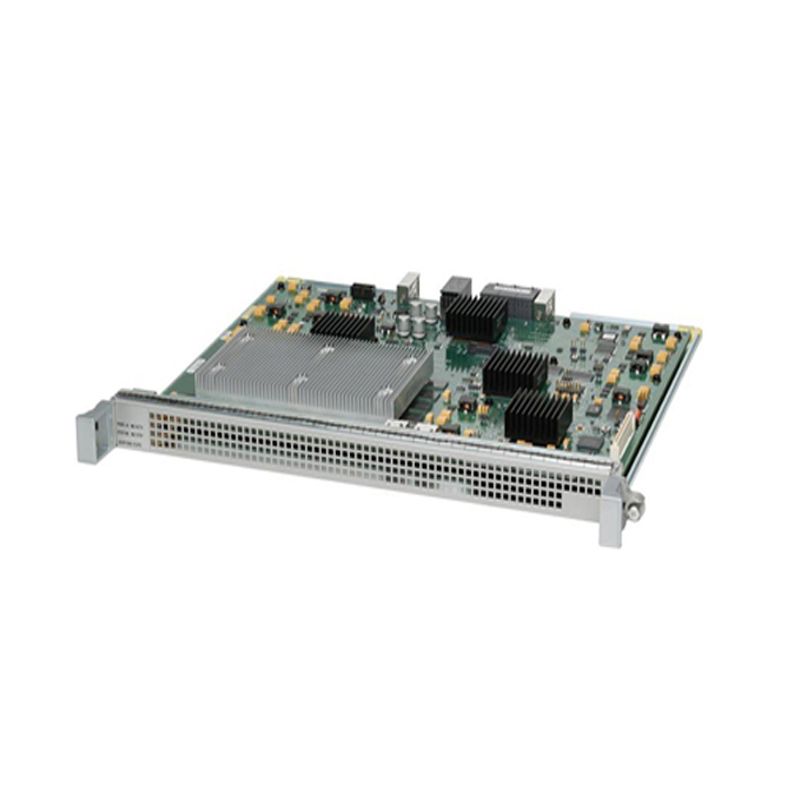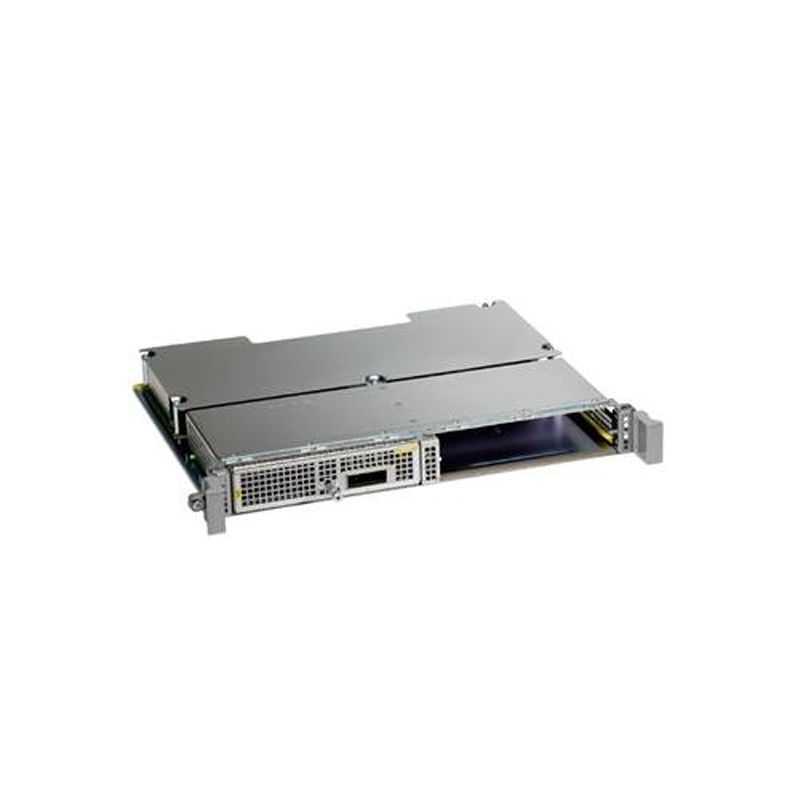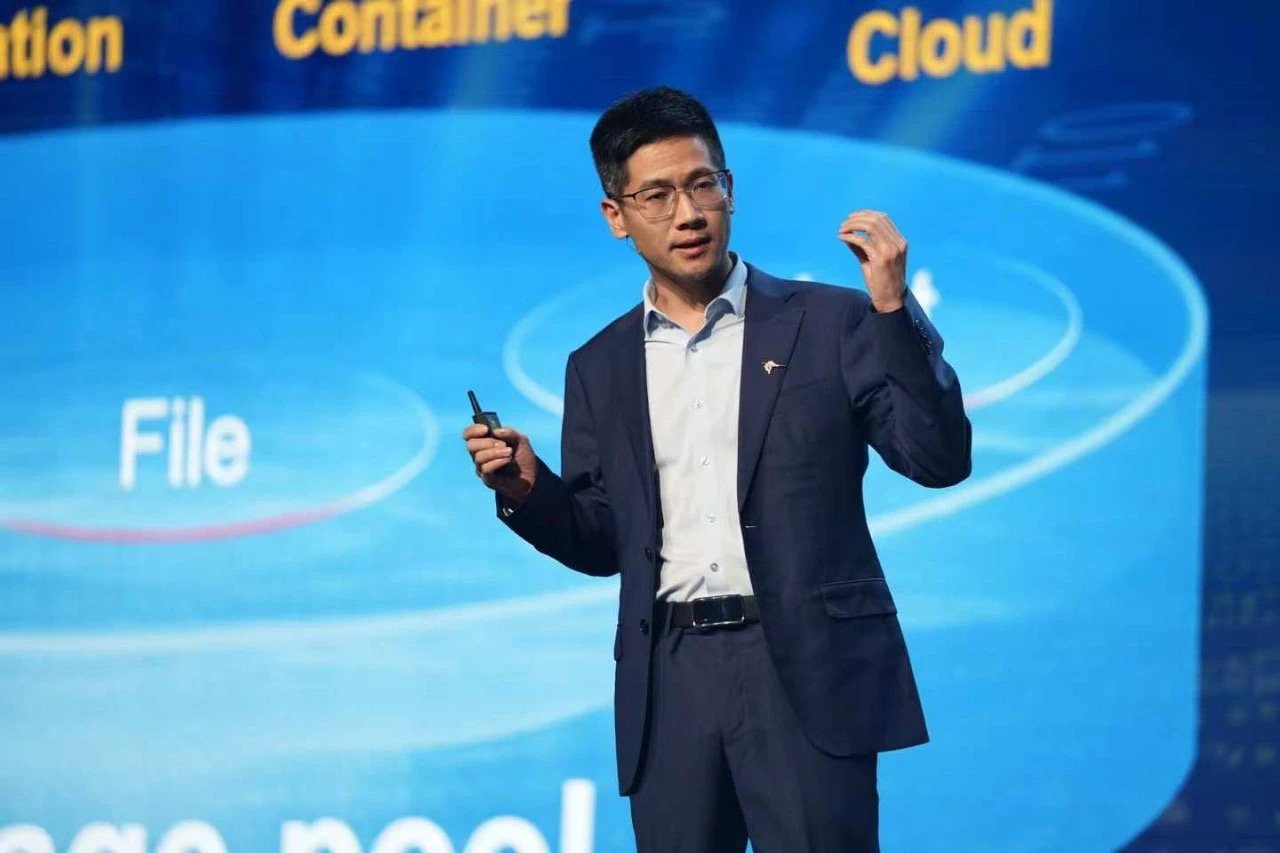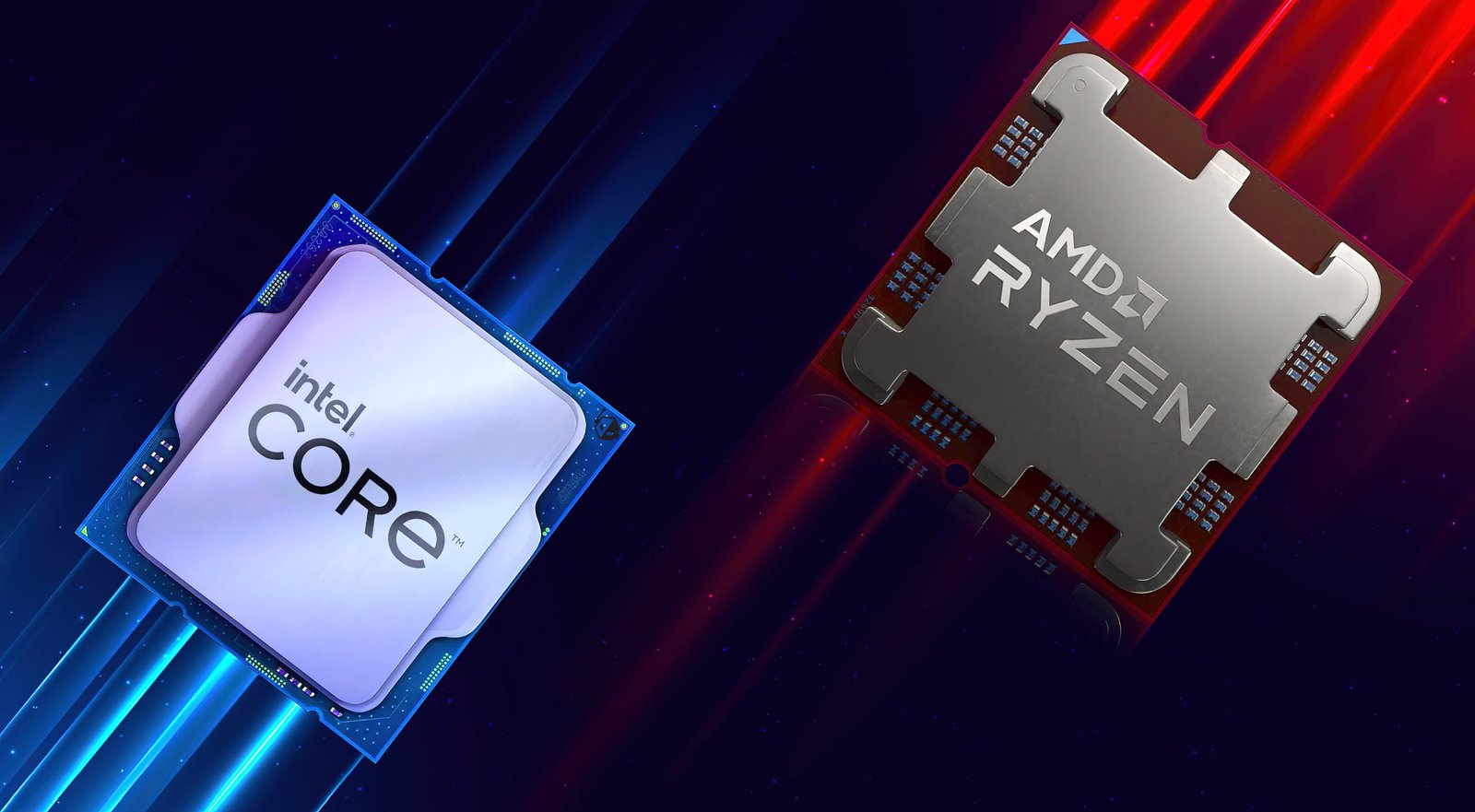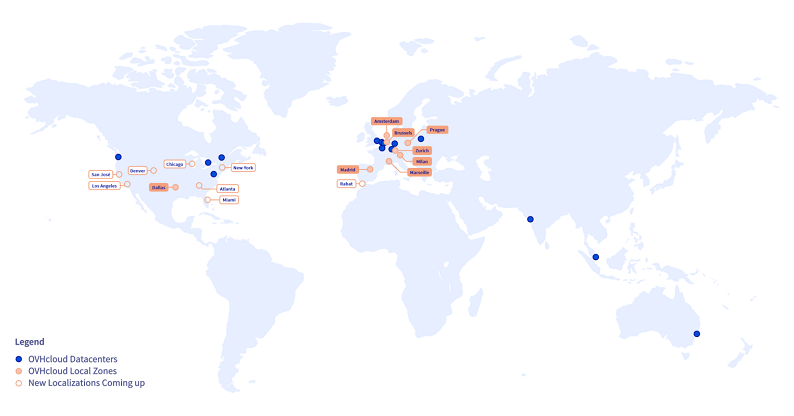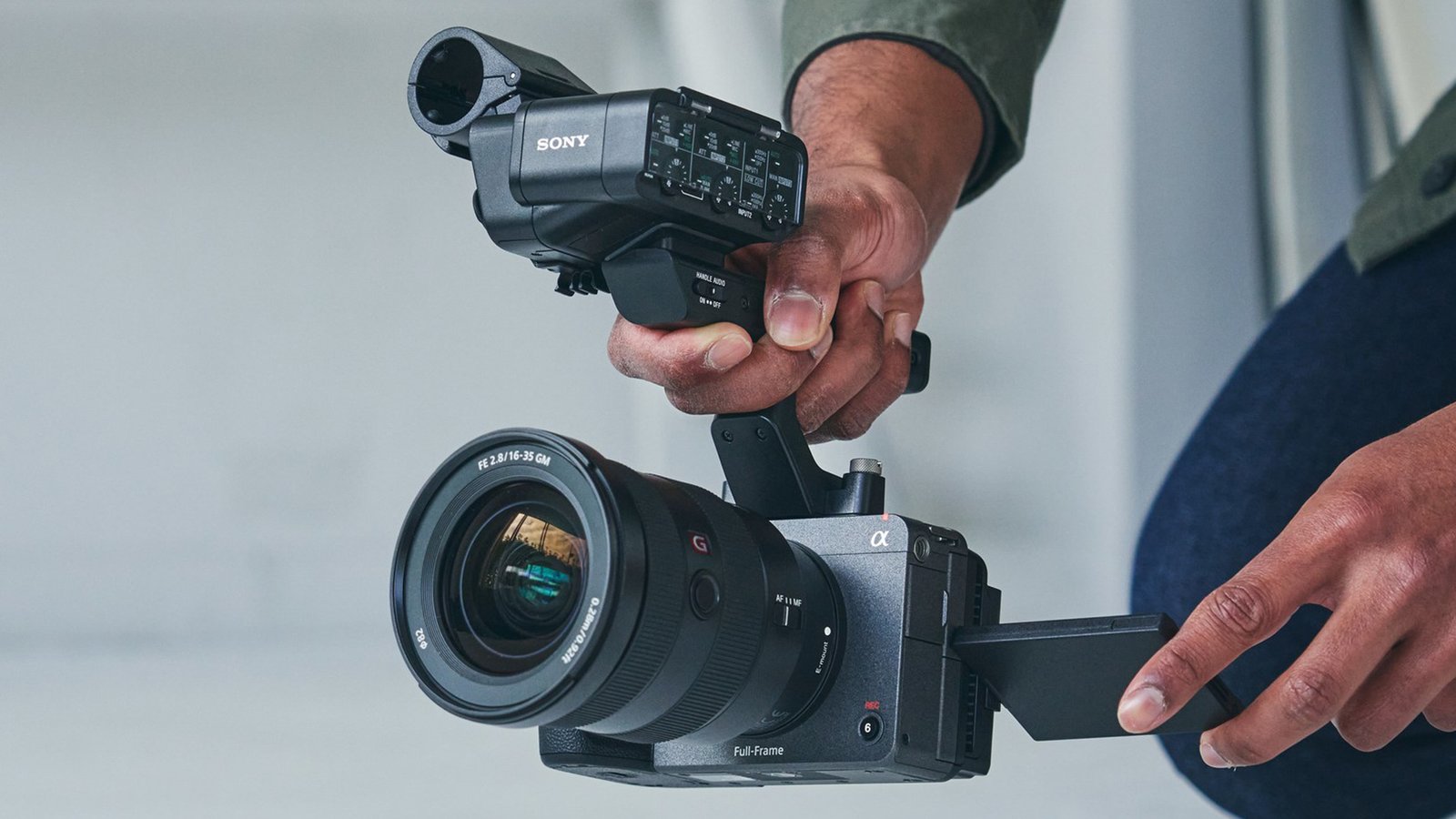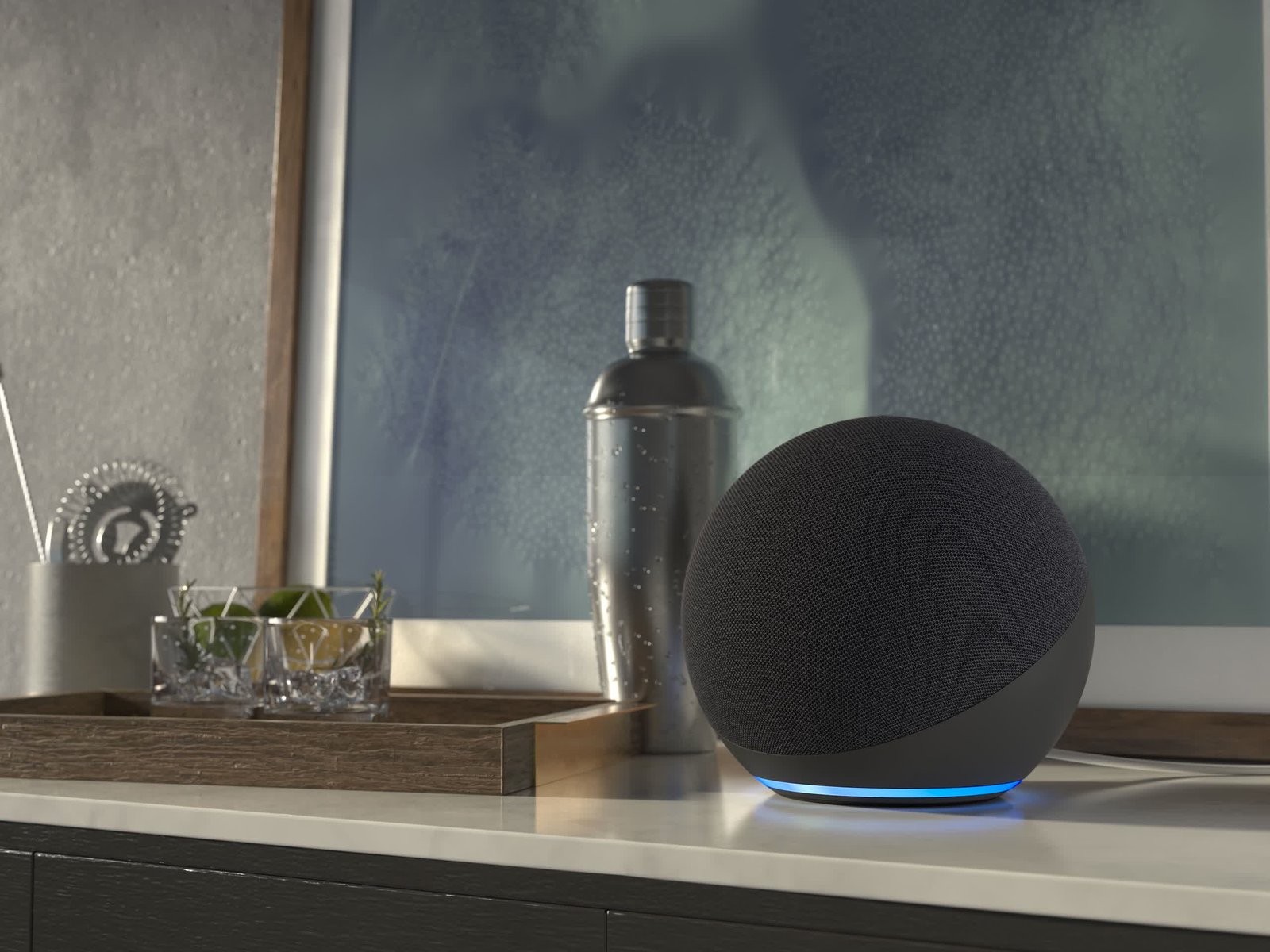Introduction: When Your CPU Runs a Fever
Modern CPUs (Central Processing Units) operate like high-speed engines, executing billions of calculations per second. However, this intense workload generates significant heat—a high-end CPU can consume over 200 watts, with surface temperatures spiking above 100°C. Without proper heat dissipation, performance throttling or permanent hardware damage may occur. CPU coolers act as the “air conditioning system” for computers, ensuring stable operation under extreme conditions.
Why Do You Need a CPU Cooler?
- Thermodynamic Basics
The billions of transistors within a CPU produce heat with power densities surpassing that of a kitchen induction stove. For example, Intel’s i9-13900K has a TDP (Thermal Design Power) of 125W, with peak power reaching 300W—equivalent to a small microwave. - The Temperature-Performance Threshold
- Thermal Throttling: At >80°C, CPUs lose >30% performance to prevent overheating.
- Lifespan Degradation: Prolonged high temperatures (>90°C) accelerate silicon aging, reducing capacitor lifespan by 50%.
- Safety Risks: Extreme heat may trigger sudden shutdowns or solder joint failures.
How CPU Coolers Work: Taming the Heat
A cooling system relies on three heat transfer stages, governed by thermodynamic laws:
| Stage | Principle | Materials/Technologies |
|---|---|---|
| Conduction | CPU IHS → Cooler Base | Pure copper base (401 W/m·K) |
| Spreading | Base → Heat Fins | Heat pipes (10,000+ W/m·K等效) |
| Convection | Fins → Ambient Air | Fans/liquid coolant circulation |
Innovations:
- Vapor Chambers: Replace heat pipes, offering 300% better planar heat spreading.
- Graphene Thermal Pads: 15 W/m·K conductivity, no degradation over time.
- Magnetic Levitation Fans: 25 dBA noise at 4000 RPM, 100,000-hour lifespan.
Air vs. Liquid Cooling: A Breakdown
1. Air Coolers
- Low-Profile Coolers
- Design: Compact, direct fan-to-fin airflow.
- Pros: Fits ITX cases (<70mm height).
- Limits: <100W cooling capacity.
- Example: Noctua NH-L9i (ideal for i5/R5 CPUs).
- Tower Coolers
- Design: Vertical fin stacks + 4–6 heat pipes.
- Pros: 150–250W capacity, cost-effective.
- Example: Thermalright Peerless Assassin 120 (handles i9/R9 CPUs).
2. Liquid Coolers
- AIO (All-in-One) Liquid Coolers
- Design: Integrated pump, radiator, and fans.
- Pros: 250–400W capacity, even heat distribution.
- Radiator Sizes: 120/240/360mm.
- Flagship: ARCTIC Liquid Freezer II 420 (15°C cooler than air for overclocked i9).
- Custom Loop Liquid Cooling
- Features: Modular tubing, GPU compatibility.
- Performance: Essential for extreme overclocking (costs $500+ with maintenance).
Performance Comparison (i9-13900K):
| Cooler Type | Idle Temp | Load Temp | Noise (dBA) | Price Range |
|---|---|---|---|---|
| Low-Profile Air | 45°C | 100°C+ | 28 | 20–20–50 |
| Dual-Tower Air | 38°C | 85°C | 34 | 50–50–100 |
| 360mm AIO Liquid | 35°C | 75°C | 38 | 120–120–200 |
| Custom Loop | 30°C | 65°C | 30 | $500+ |
Choosing the Right Cooler: Key Factors
- TDP Match: Cooler’s TDP ≥ CPU’s PL2 (e.g., 253W for i9-13900K → 300W+ cooler).
- Case Compatibility:
- Air: Case height > cooler height + 5mm clearance.
- Liquid: Ensure 240/360mm radiator support.
- Noise Sensitivity: AIO coolers are 5–10 dBA louder under load but tunable.
- Upgrade Path: Choose coolers supporting LGA1700/AM5 sockets.
2023 Top Picks:
- Budget King: DeepCool AK620 ($65, 280W capacity).
- Silent Performer: be quiet! Dark Rock Pro 4 (<24 dBA).
- AIO Innovator: NZXT Kraken Z73 (LCD display, customizable animations).
Installation & Maintenance Tips
- Thermal Paste Application: Use “X” or 5-dot method (0.2–0.5mm thickness).
- Airflow Optimization: Front-to-rear or bottom-to-top airflow reduces temps by 3–5°C.
- Dust Cleaning: Clean fins every 6 months to restore 10% performance.
The Unsung Hero of PCs
Amidst flashy RGB lighting and GHz bragging rights, CPU coolers are often overlooked—yet they are critical to stability, performance, and longevity. Whether building a silent workstation or an overclocked beast, the right cooler ensures your system thrives under pressure.
Pro Tip: Allocate 5–10% of your PC budget to cooling. This investment pays dividends in performance and reliability.




